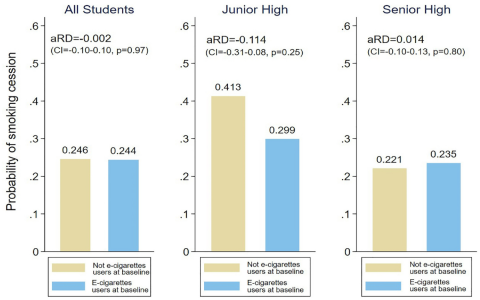E-cigarettes vs. Cigarettes: A Comparative Overview
The question of whether e-cigarettes are “better” than cigarettes is complex, lacking a simple yes or no answer. It hinges on what aspects are being compared and for whom.

Harm Reduction Potential
- Reduced Exposure to Harmful Chemicals: E-cigarettes generally expose users to fewer harmful chemicals than traditional cigarettes. Cigarettes produce thousands of chemicals through burning tobacco, many of which are toxic. E-cigarettes, while not harmless, eliminate combustion and thus significantly reduce exposure to many of these toxins.
- Nicotine Delivery: Both deliver nicotine, which is addictive. However, the delivery method differs. A smoker typically finishes a cigarette in about 10-15 puffs over 5-8 minutes. Vaping allows for more controlled nicotine intake.
Health Concerns
- Respiratory Effects: Vaping can cause lung irritation and may exacerbate existing respiratory conditions. Long-term effects are still under investigation.
- Cardiovascular Effects: Nicotine, whether from cigarettes or e-cigarettes, can increase heart rate and blood pressure, posing risks to cardiovascular health.
- Addiction: Both are addictive due to nicotine. E-cigarettes can be particularly appealing to young people, potentially leading to nicotine addiction and, in some cases, subsequent cigarette use.
Regulatory Landscape
- Varying Regulations: Regulations regarding e-cigarettes vary widely by region, impacting product safety, labeling, and marketing.
- Ongoing Research: The long-term health effects of e-cigarettes are still being studied, and recommendations may change as more data becomes available.
Conclusion
E-cigarettes may be less harmful than traditional cigarettes for existing smokers who completely switch. However, they are not harmless and carry their own risks, especially for non-smokers and young people. The “better” choice depends on individual circumstances and a thorough understanding of the potential risks and benefits.









